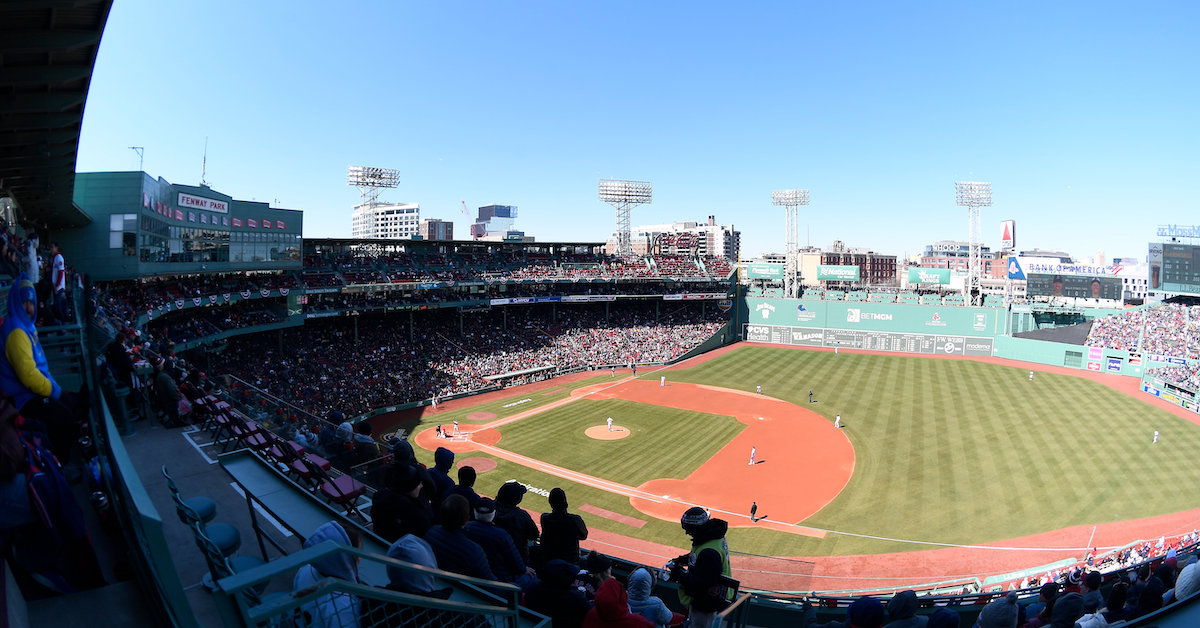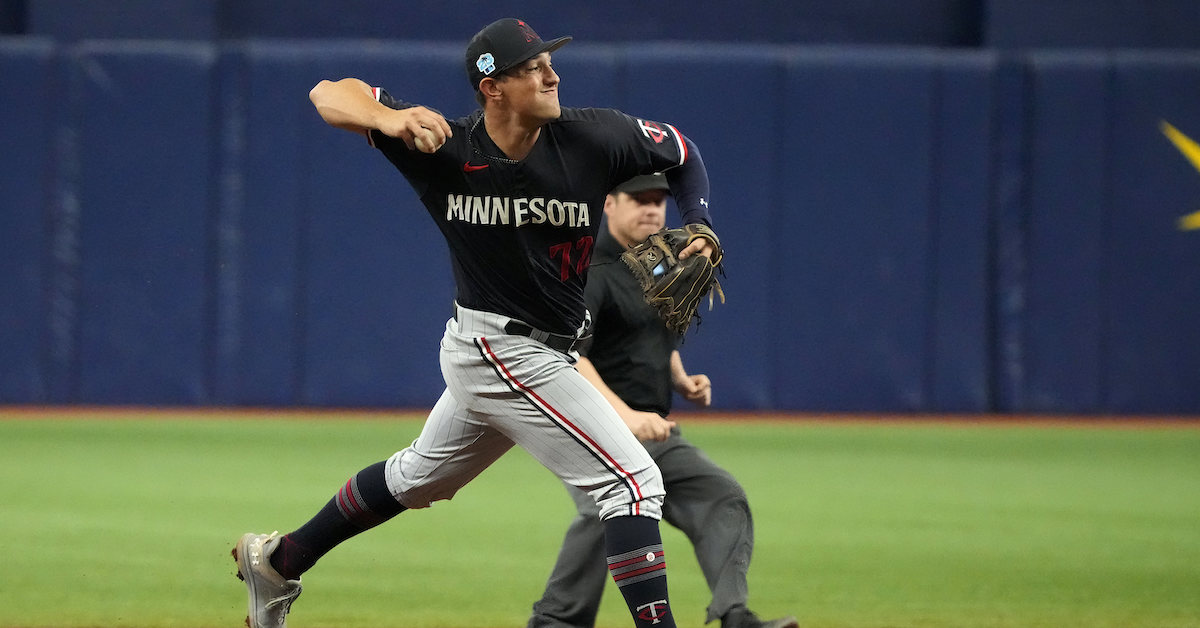Red Sox Prospect Isaac Coffey Is Opening Eyes From a Unique Slot

Isaac Coffey is rapidly emerging as a prospect to watch in the Red Sox system. Drafted in the 10th round last summer out of Oral Roberts University, the 23-year-old right-hander logged a 2.83 ERA with 86 strikeouts in 60.1 innings at High-A Greenville before being promoted to Double-A Portland a week ago. His profile is unique. Our lead prospect analyst Eric Longenhagen has described Coffey as having “a funky, drop-and-drive, low-slot delivery (but his arm action is super short, not typical of low-slot guys) that creates big lateral divergence between his fastball and slider.”
Coffey discussed his four-pitch arsenal and his atypical arm slot prior to a recent game at Portland’s Hadlock Field.
———
David Laurila: Let’s start with the self scouting report. What is your arsenal?
Isaac Coffey: “I’ve got a four-seam fastball. A lot of people think it’s a sinker or a two-seam, but with the release height and my slot — I spin it between 2:15 and 2:30 on a clock, with 100% spin efficiency — it tends to look like it’s rising, even though it has more run than ride. It plays up in the zone because it’s coming from that lower slot. It averages around 89 [mph], topping out at 91, but my command of it is pretty good. I can place it on both sides of the plate and use it whenever I need to.
“My changeup is a four-seam, basically a circle change. I spin it really good, and it’s got 100% spin efficiency, too. I spin it at like three o’clock to 3:15, and that creates a lot of run. It’s basically straight sideways but sometimes with a little negative drop. It’s always been my best off-speed pitch.
“I also have a slider and a cutter, both of which I developed this offseason. The cutter is just an offset four-seam that I try to throw hard. It gets a little bit of arm-side run, but compared to the fastball… it probably has perceived cut, but not actual cut on the Trackman numbers. I’m getting more comfortable with that and have been using it more and more each outing.
“My slider is also getting better as the season goes on. It’s got that nine o’clock sideways spin. The command is getting a lot better, so I believe I can use it in a lot of counts right now.” Read the rest of this entry »








